Good news: Many emotions can help creativity if we use and manage them well.
Creativity is full of emotion, from the anxiety of the blank computer screen and the frustration of facing inevitable obstacles to the elation of insight and pride of achievement.
Creativity scholars have learned a great deal by examining the role of emotions in creativity for at least 35 years. The biggest and most reliable lesson from this research is that creative idea generation is most successful when people are in happy, energized states.
So, it would seem that in order to be creative, one should be happy. Indeed, readers may have seen this research translated into advice to those aiming to be more creative.
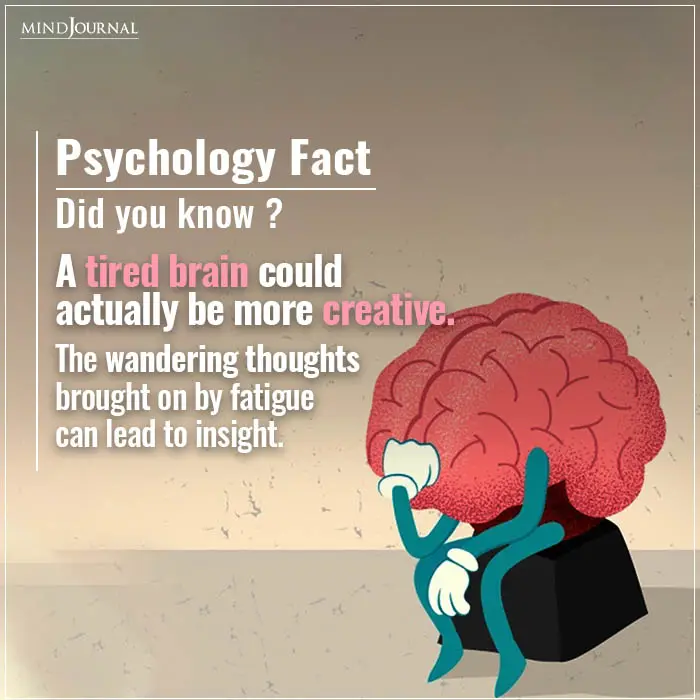
Why is it, then, that when we think of creative people, happy and energized aren’t necessarily the first words that come to mind? Indeed, even the authors of the major meta-analysis that reviewed dozens of studies and clearly established the relationship between happy moods and generating creative ideas concluded, “to make a difference in creative performance, manipulating mood states is not very effective and is unlikely to produce clear and visible changes in creativity.”
Creativity Is Not Solely Dependent On The Happiness
Why this discrepancy between solid scientific research results and everyday observations?
A look into the nature of this research might help.
Common research studies asked which emotion(s) are beneficial for creativity, and which are detrimental to creativity. Scientists have long prized the ability to control what they study because it enables them to make conclusions about causal relationships.
The research studies looked something like this. Scientists invite people to their labs, likely undergraduate students enrolled in psychology classes. When they first come to the lab, they are put in a specific mood by listening to music or recalling personal memories. Then, they are given a creative task. Typically, they are asked to come up with ideas for different prompts, such as possible uses of a brick, things that are round, or consequences of people becoming invisible at will. They are usually given three to four minutes to complete this task.
This procedure shows time and again that happy, energized moods are beneficial for creativity. Yet, these studies are limiting and rather removed from the real world of creative individuals.
Undergraduate students are not representative of creative individuals. They are not selected to have the personal or social attributes of creative individuals.
Furthermore, how similar are everyday emotions to those evoked by music chosen by experimenters? Music is able to move deeply, but that is music that is personally meaningful to people. When an emotional state is induced by asking someone to recall different life events, the quality and intensity of their emotions will not be the same as during the actual experience.
Read Music Therapy: How Binaural Beats Music Can Help Reduce Depression
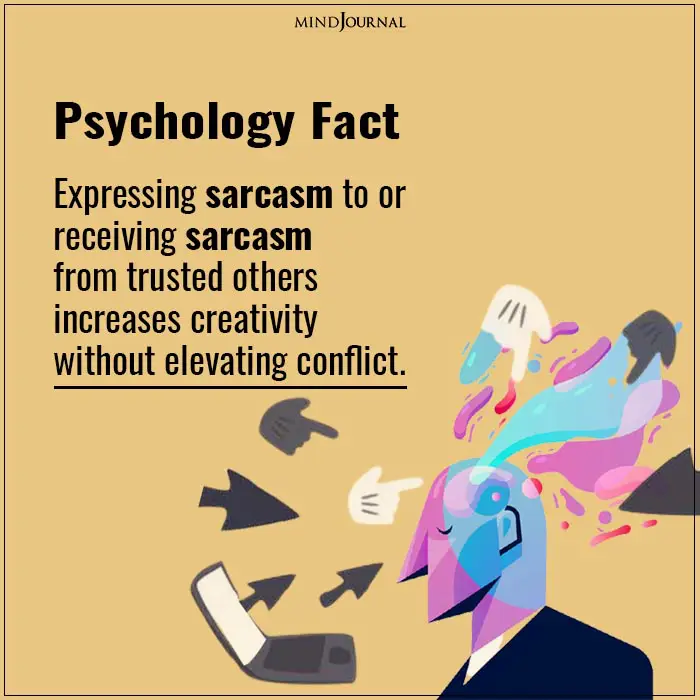
The validity of the creativity tasks is also worth examining. Are creativity tasks in the lab representative of creative work in everyday life? Real-life creativity rarely (if ever) takes only three to four minutes. Also, laboratory tasks were designed so as not to give an advantage to people with special interests or skills. However, creative individuals care deeply about their work; their passion is part of them as creators.
Finally, and most problematically, these studies make conclusions about creativity, yet only examine one component: idea generation. Simply put, creativity is more than coming up with ideas. Van Gogh did not just have an idea to paint sunflowers; he actually painted them. Hemingway did not just have an idea for a story about an old fisherman who struggles with a giant marlin; he wrote it.
Also, watch – This is Exactly How Society Kills Our Creativity- In A Breathtaking short film.
Creativity Is More Than Coming Up With Ideas
If one were to start with multiple ideas after the idea generation process like that in laboratory studies, it would be necessary for them to consider which ones are the best to pursue. This requires critical thinking—a skill that is more successfully applied in more subdued and less positive moods.
Instead of asking what emotional states enhance or hinder creativity, we should ask different questions.
Are there patterns of emotions experienced by more or less creative individuals?
How do people use and transform different emotional experiences in the service of creativity?
Read: Are Mood Disorders the Price We Pay for High Intelligence and Creativity?
The process of developing, evaluating, and executing an idea in a final product has ups and downs and many associated emotions. We must acknowledge that we have complex emotional lives and that we have agency over our emotions.
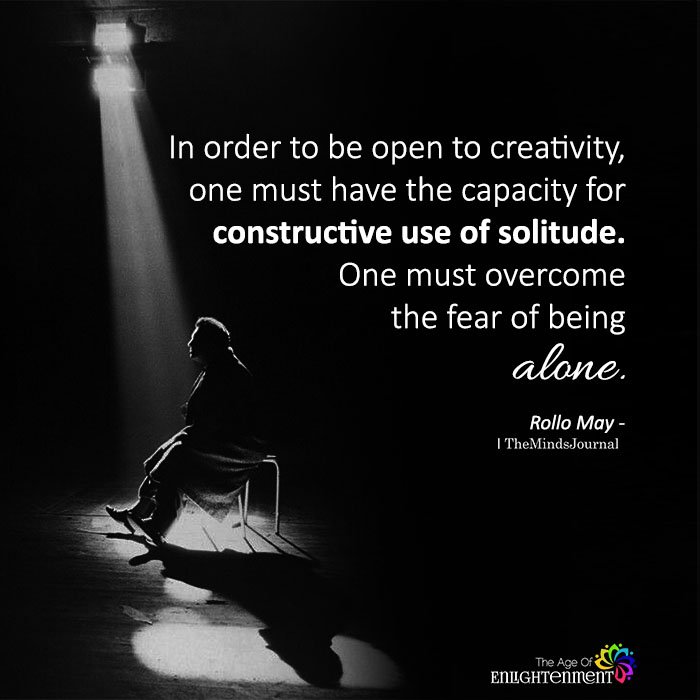
Most importantly, the fact that people don’t need to be happy to think creatively can be empowering. We can draw creative ideas from nostalgia, sympathy, and frustration. We are not powerless at the mercy of our emotions, but we can influence their course, regulate them through thinking and behavioral strategies, and use them to inspire or fuel thinking.
Are you ready to be creative?
References 1. Baas, M., De Dreu, C. K. W., & Nijstad, B. A. (2008). A meta-analysis of 25 years of mood-creativity research: hedonic tone, activation, or regulatory focus? Psychological Bulletin, 134, 779–806. doi:10.1037/a0012815 2. Ivcevic, Z., & Hoffmann, J. D. (2017). Emotions and creativity: From states to traits and emotion abilities. In G. Feist, R. Reiter-Palmon, & J. C. Kaufman (Eds.). Cambridge Handbook of Creativity and Personality Research (pp. 187-213). New York: Cambridge University Press. 3. van Tilburg, W. A., Sedikides, C., & Wildschut, T. (2015). The mnemonic muse: Nostalgia fosters creativity through openness to experience. Journal of Experimental Social Psychology, 59, 1-7. doi:10.1016/j.jesp.2015.02.00 4. Yang, H., & Yang, S. (2016). Sympathy fuels creativity: The beneficial effects of sympathy on originality. Thinking Skills and Creativity, 21, 132-143. doi:10.1016/j.tsc.2016.06.002
Written by: Zorana Ivcevic Pringle Originally appeared on: Zoranaivcevicpringle.com Republished with permission.
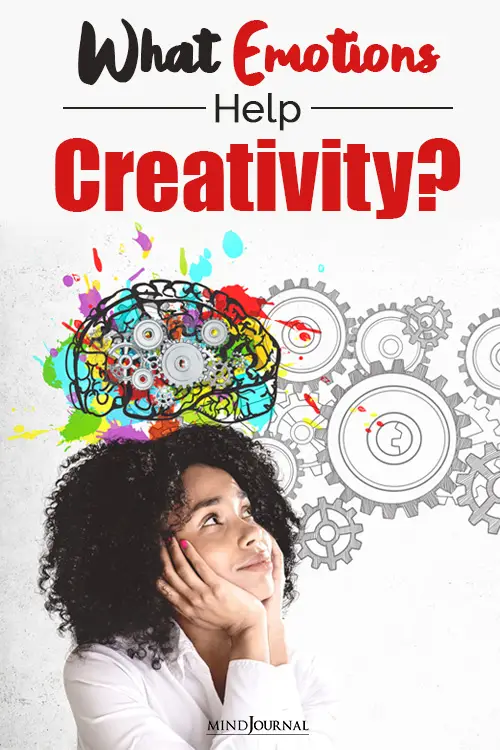
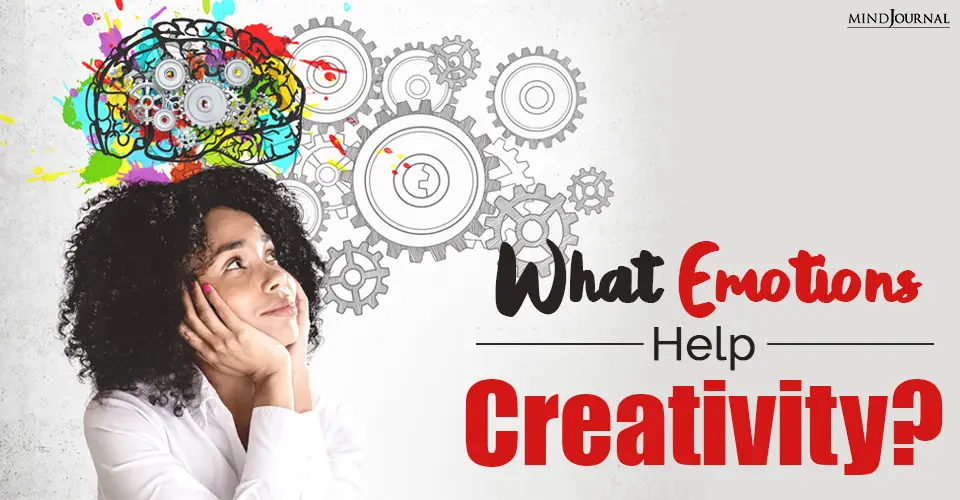
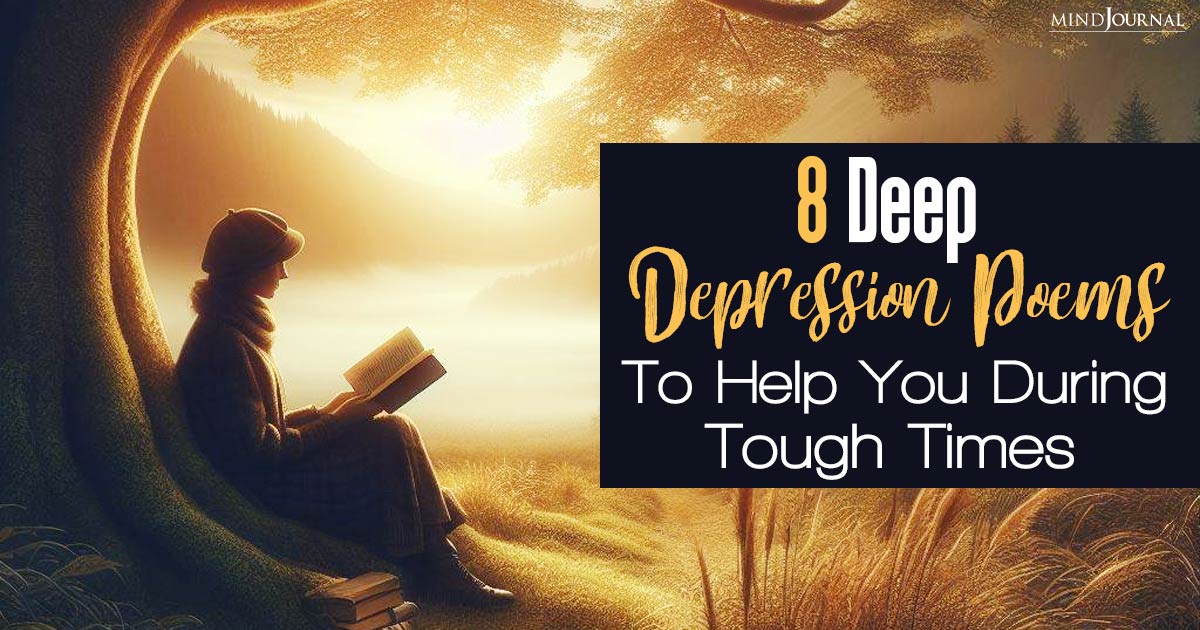
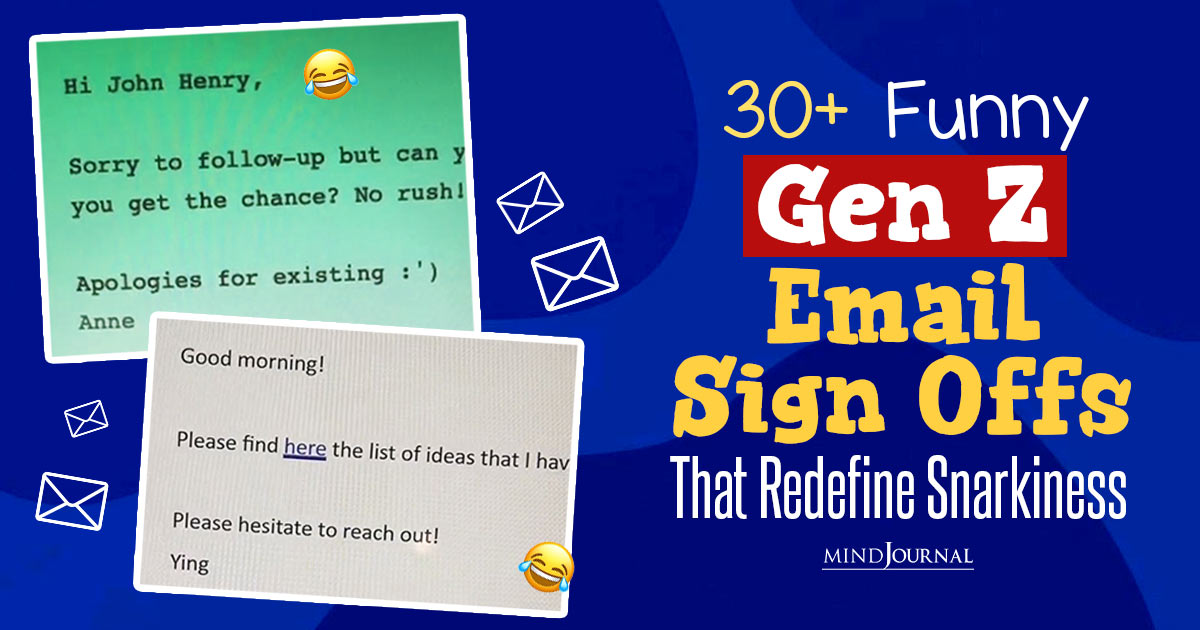
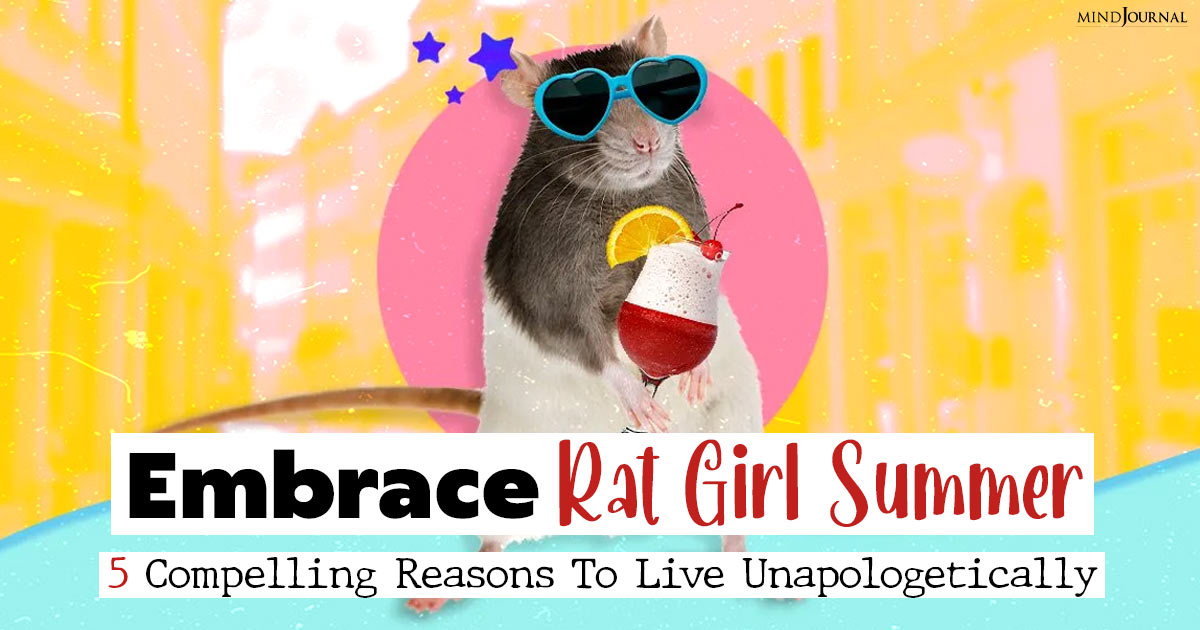

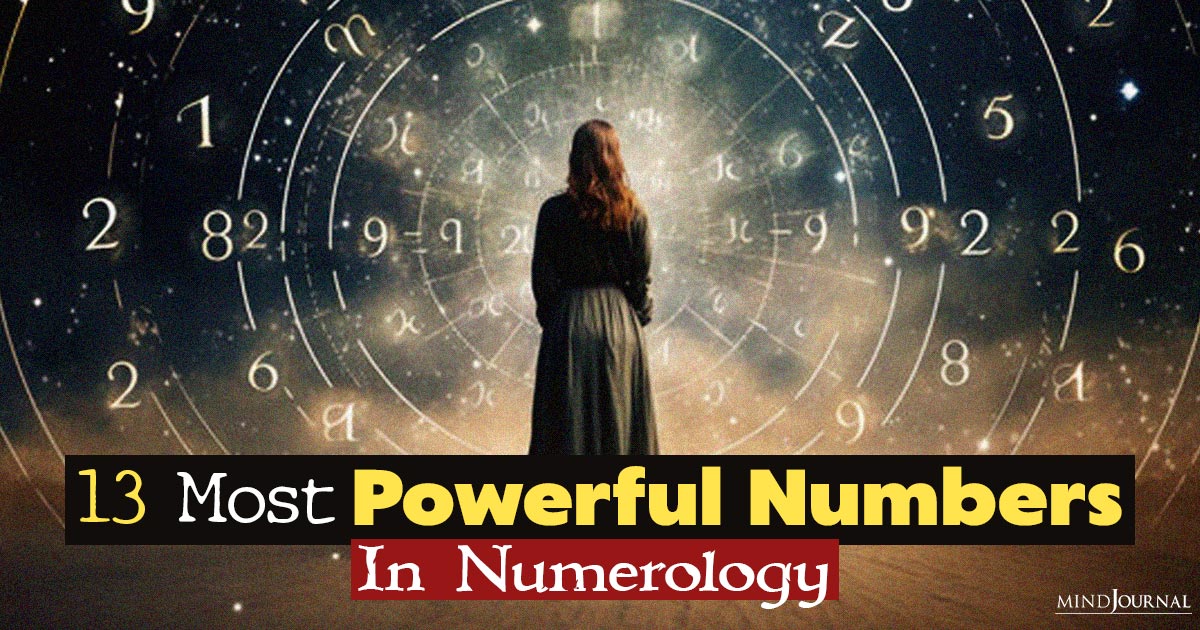
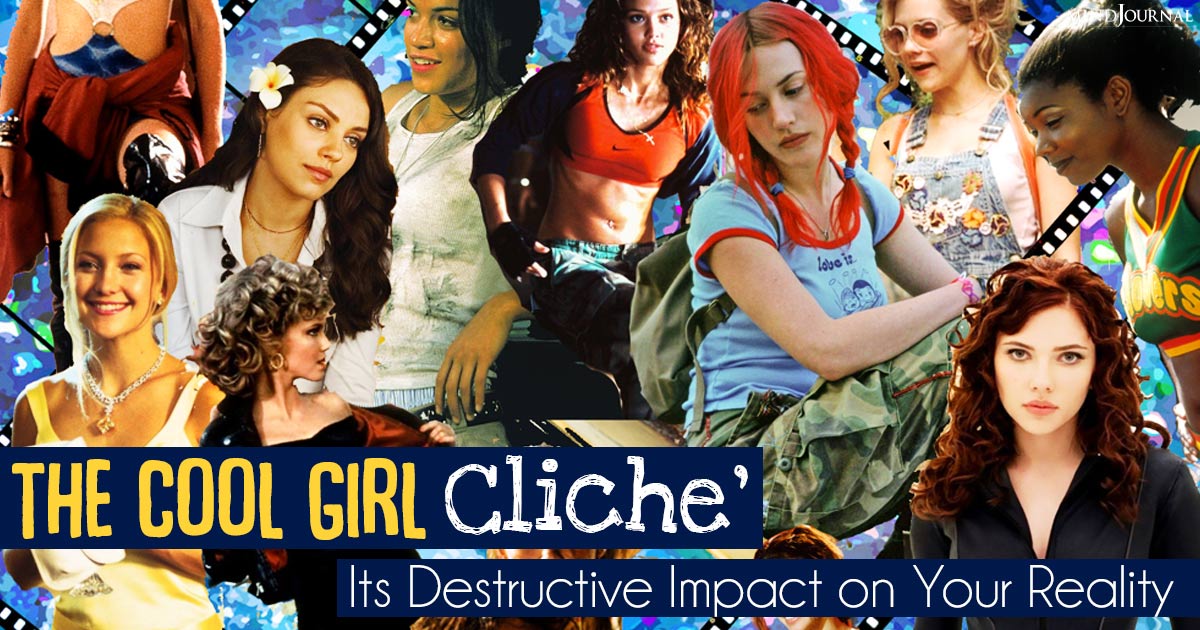
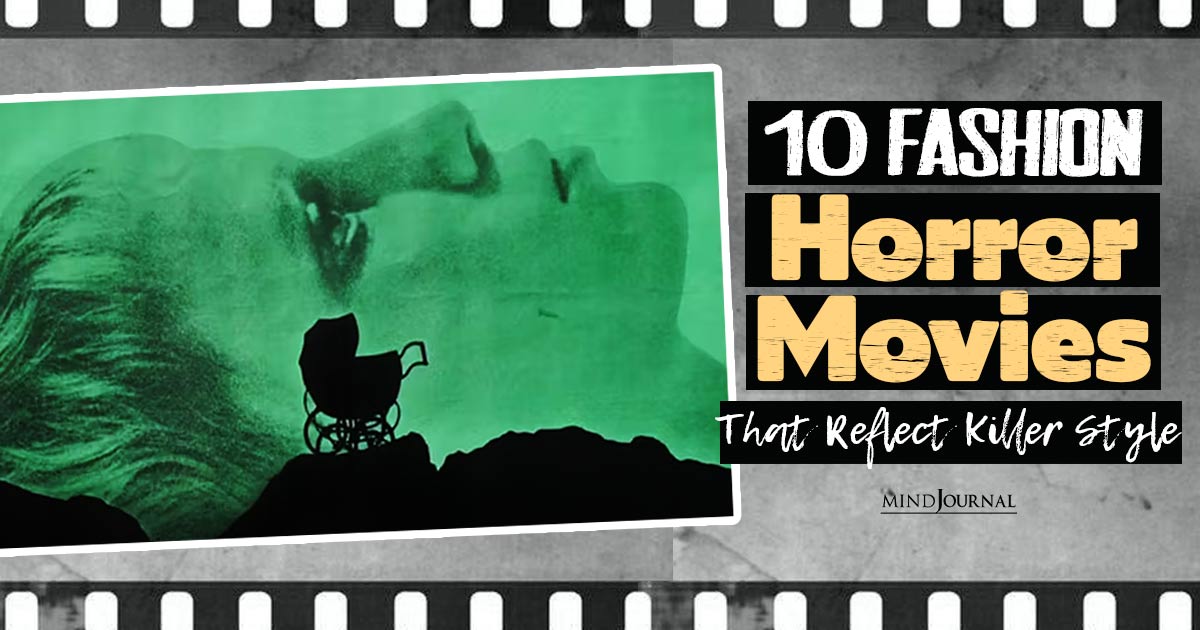
Leave a Reply
You must be logged in to post a comment.